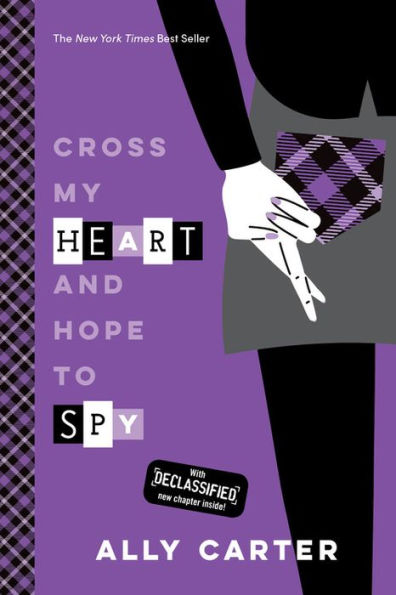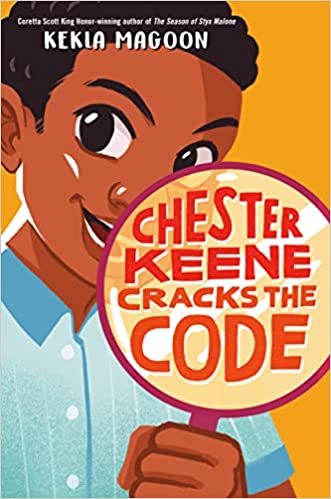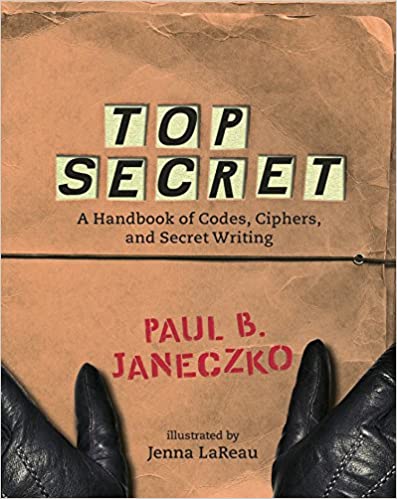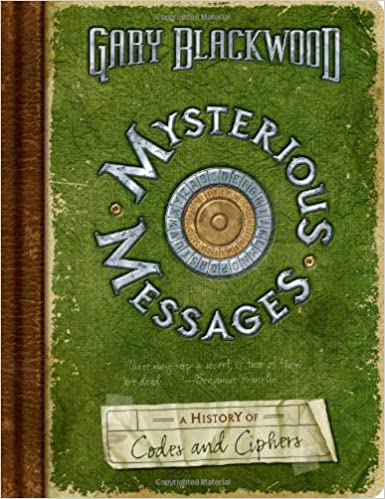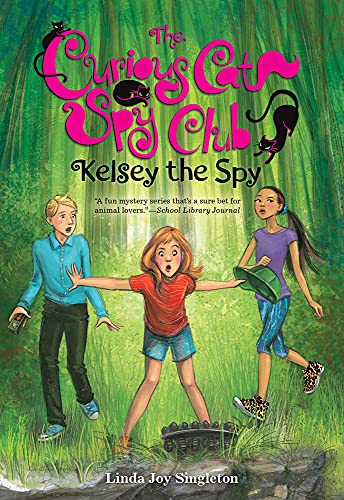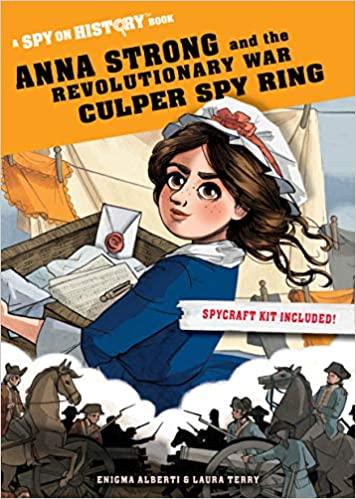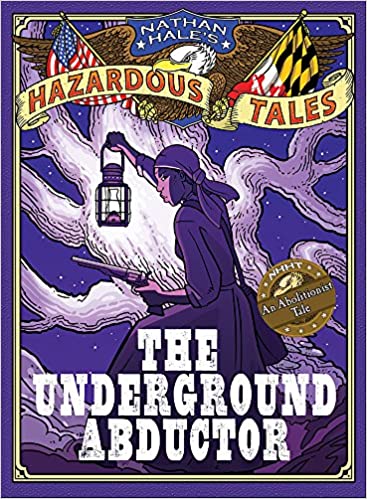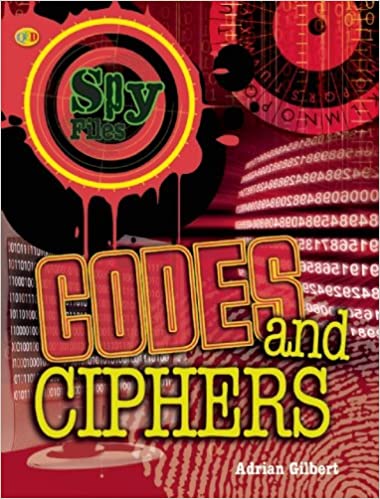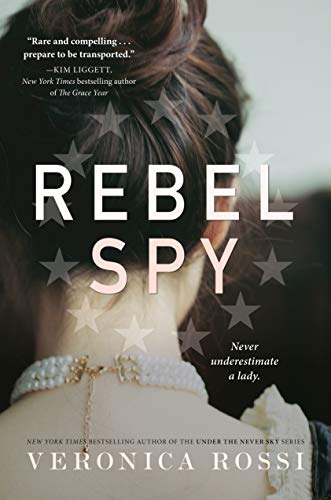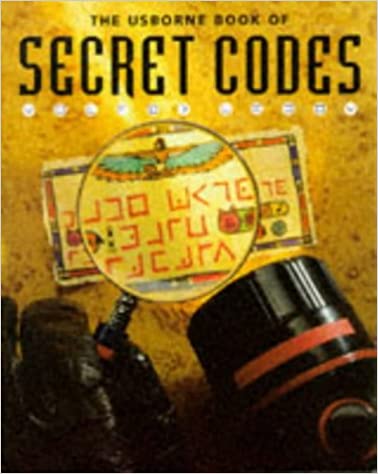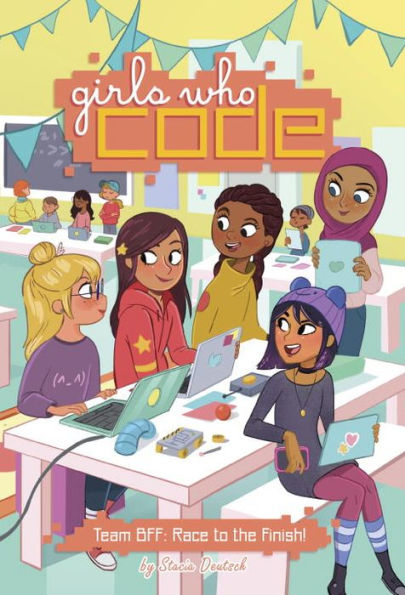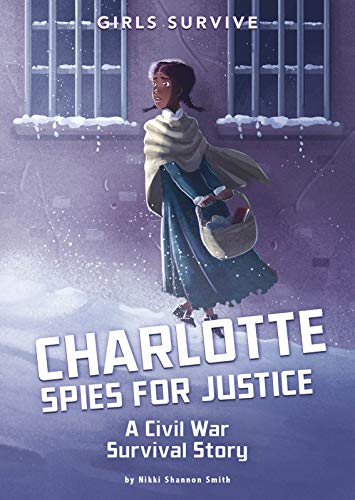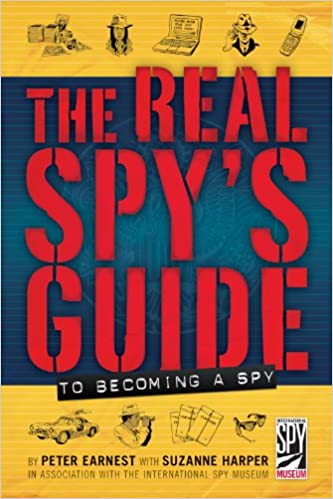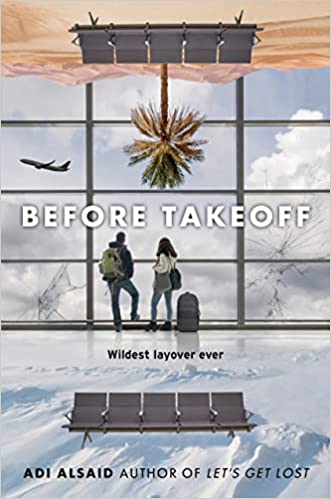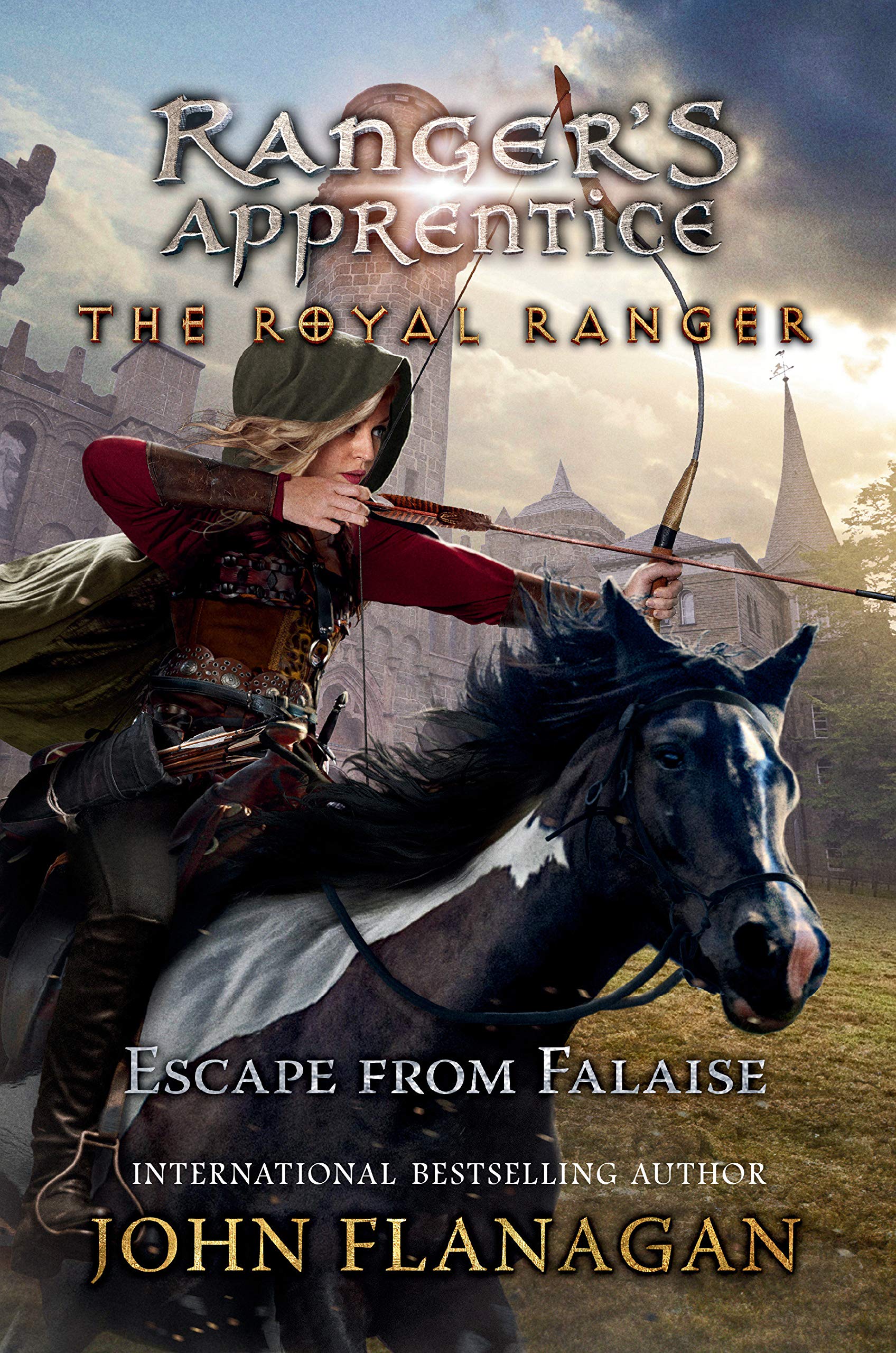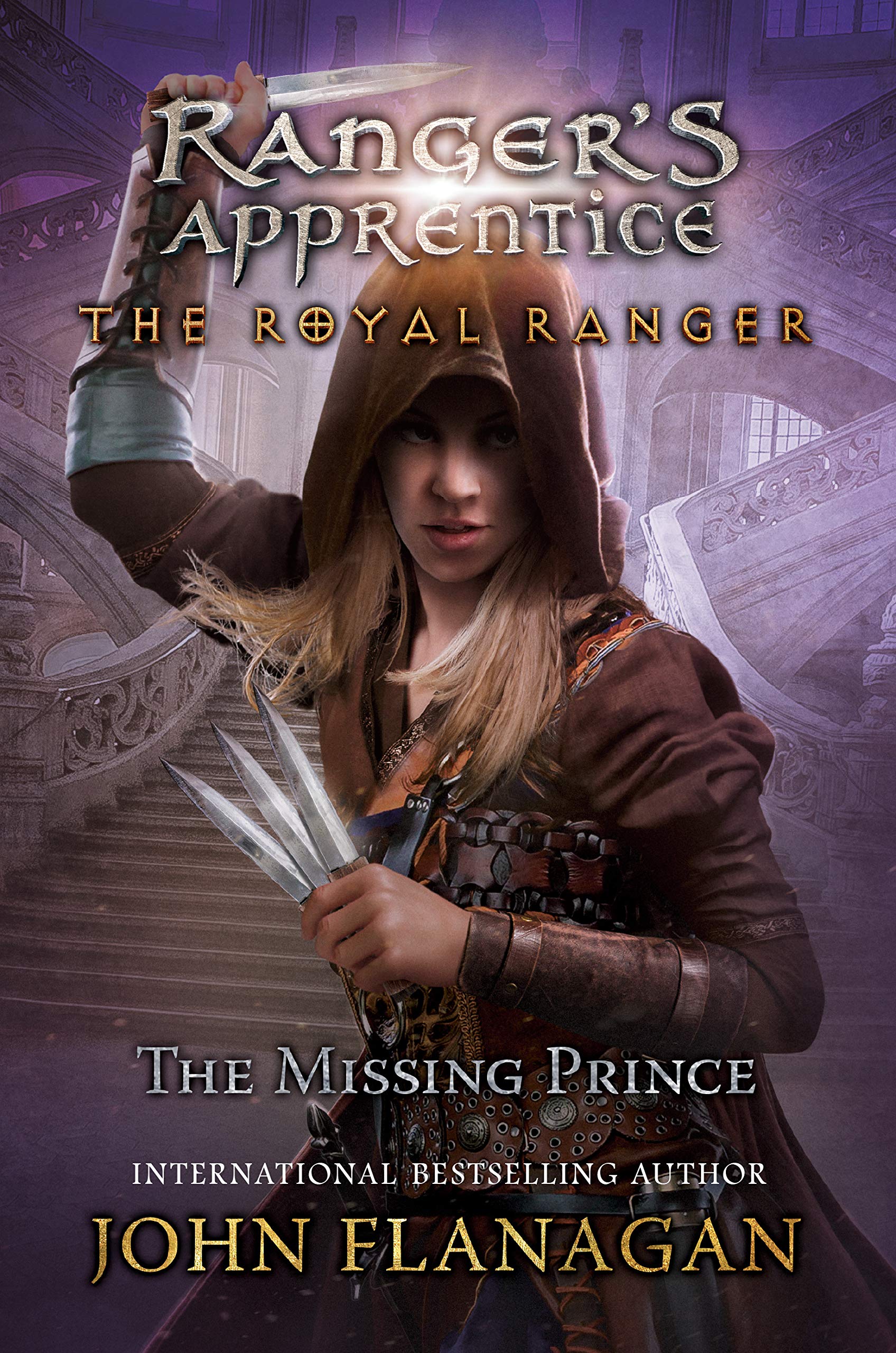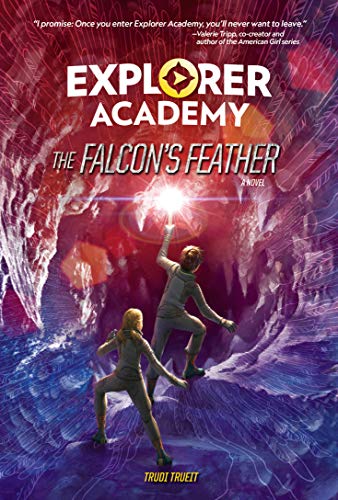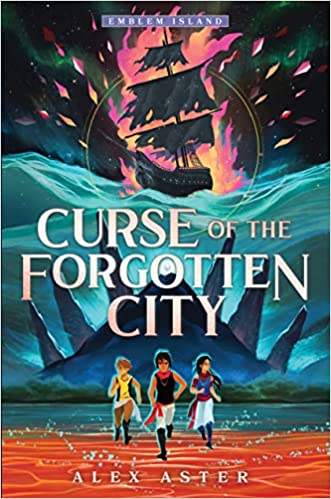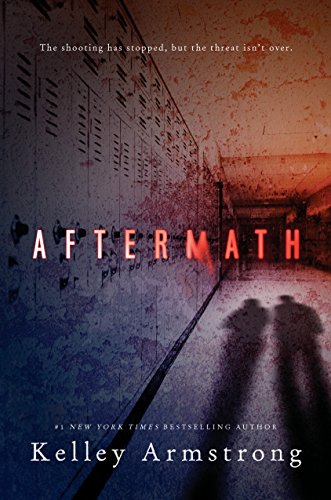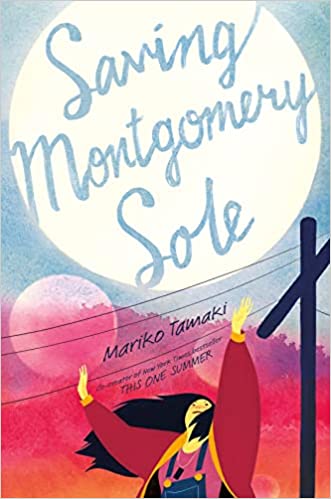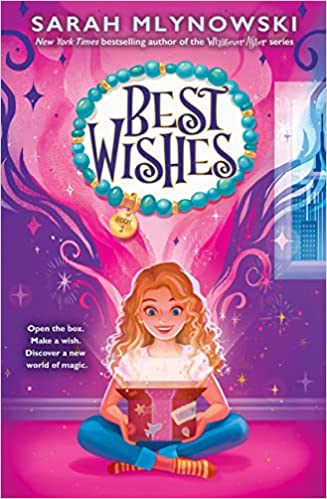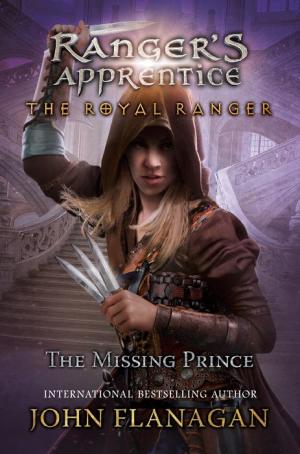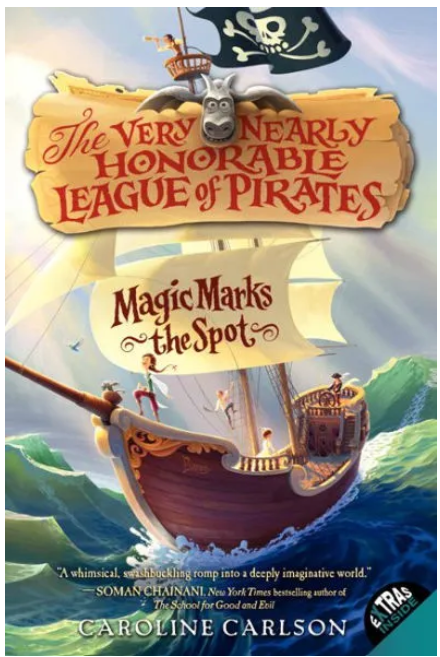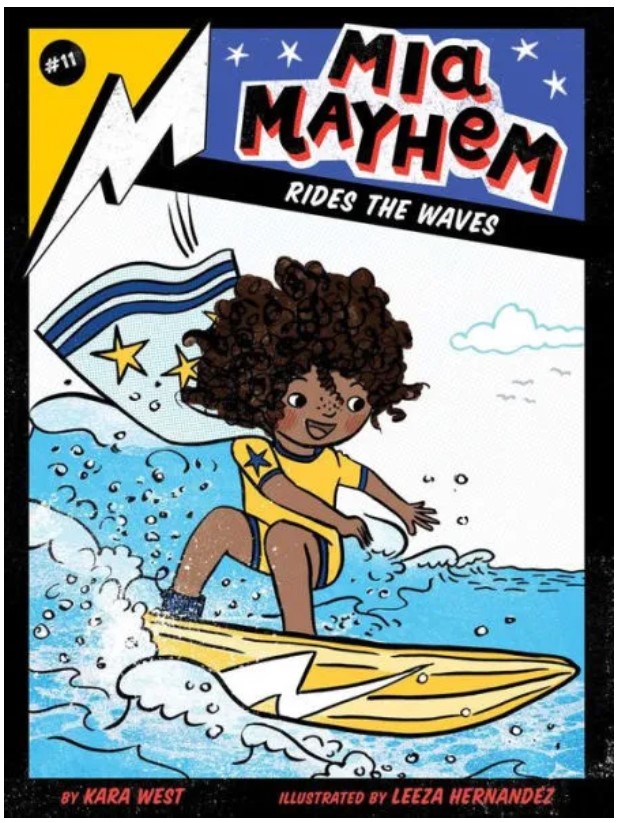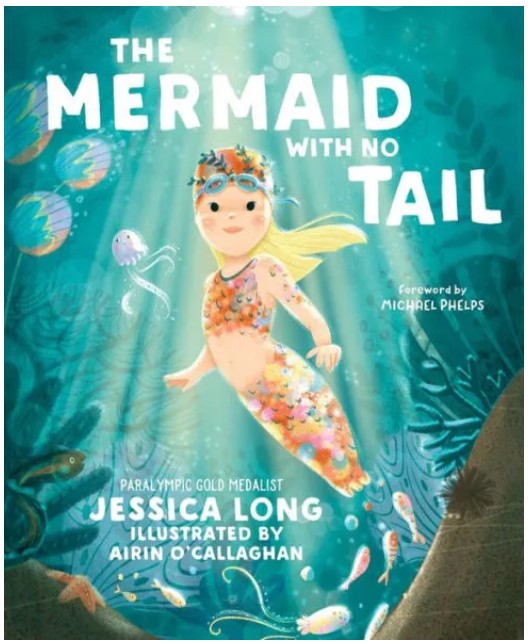Cammie is not over her breakup with Josh, and after the winter break, all she wants is for things to go back to normal. But her mother is keeping secrets, the East Wing of the school is closed off, and an unwelcome intruder on a Covert Operations assignment leaves Cammie and her friends on edge.
It should be mentioned that the Gallagher Academy is an all-girls spy school, so Cammie and her friends are less than prepared when it is revealed that an all-boys spy school exists and—even worse—some of those boys will be attending the Gallagher Academy in an exchange program. Suddenly, Cammie, Bex, Liz, and Macey find themselves at odds with their strange new classmates. Why are the boys really here? Why won’t any of them talk about their own school, Blackthorne? And is Zach just a boy spy on an innocent exchange program who happens to like Cammie, or is something more sinister at hand? When Cammie is blamed for a security breach at the mansion, she knows something is not right. But will Cammie and her friends discover the truth about their male counterparts in time to stop whatever nefarious schemes are underfoot?
Despite being a well-trained spy who could incapacitate a person in under eight seconds, Cammie remains a relatable and lovable character who embodies the awkwardness of a typical girl. Readers will fall in love with Cammie, who has impressive spy skills and yet is completely baffled by boys. At one point, Cammie thinks, “Boys! Are they always this impossible? Do they always say cryptic, indecipherable things?” Because the story is told from Cammie’s point of view, readers will get an inside look at her thoughts and feelings, which makes Cammie an endearing character. At times, Cammie’s jumbled emotions will make readers hurt along with her. Especially when Cammie sneaks off alone and wonders if “maybe crying is like everything else we do—it’s best if you don’t get caught.”
Luckily, Cammie has a group of friends that always has her back. Bex is fiercely loyal, while Liz’s optimistic outlook is a welcome relief. Macey adds a little humor with her boy translations. By the end of the book, readers will feel as if the Gallagher Girls are friends. However, that doesn’t mean that Zach is not a welcome addition to Cammie’s life. While his charm is confusing to Cammie, it’s hard not to fall in love with his tough-boy attitude.
Cross My Heart and Hope to Spy continues the series in a satisfying way, bringing back favorite characters from book one with the welcome addition of the Blackthorne boys. In typical Ally Carter style, Cross My Heart and Hope to Spy begins with suspense and leaves the reader turning pages until the very end. Through first-person narration, Carter creates a fun story full of relatable characters and explores teen romance in a wholesome way that is perfect for younger readers. If you haven’t bought the entire series yet, you will want to. Even though there are six books in the series, each book will have readers ready to jump back into the Gallagher Girls’ world.
Sexual Content
- Zach leans in to kiss Cammie, but they are interrupted. “His hands were warm on the back of my neck; his fingers laced through my hair, and he tilted his head and he moved in. I closed my eyes. And I heard, ‘Oh my gosh! Cammie, is that you?’”
- Zach kisses Cammie. “The last thing I expected was to feel his arms sliding around me, to sense the whole world turning upside down as Zach dipped me in the middle of the foyer and pressed his lips to mine.”
Violence
- In P.E. class, Cammie “hauled off and kicked the heavy [punching] bag—hard—and it flew back and hit [Zach] in the stomach. For a second he stood there, doubled over, trying to catch his breath.”
- Cammie and her friends find their teacher, who had been injured by a thief. “Our teacher fell into their arms. Blood stained the side of his face, and his voice was faint as he lay on the floor and said, ‘He got it.’”
- Cammie reacts when Zach grabs her. “Without stopping to think, I stepped back into my attacker, tried to flip him over my head, but he countered his weight at that precise time, stopping my momentum.”
- During what turns out to have been a test of their skills, the Gallagher Girls fight to stop a thief and his guards. “For a moment it seemed to be raining Gallagher Girls. All around me fists flew, kicks landed . . . I’d knocked a guard to the ground and was struggling with a Napotine patch . . . the next time I saw [Liz] she was jumping from the cab, landing on the back of a guard who had been chasing Eva.” The fight continues over four pages.
Drugs and Alcohol
- Cammie remembers how her “mom gave Josh some tea that’s supposed to wipe a person’s memory blank” to make him forget what he knew about the Gallagher Academy.
Language
- None
Supernatural
- None
Spiritual Content
- None
